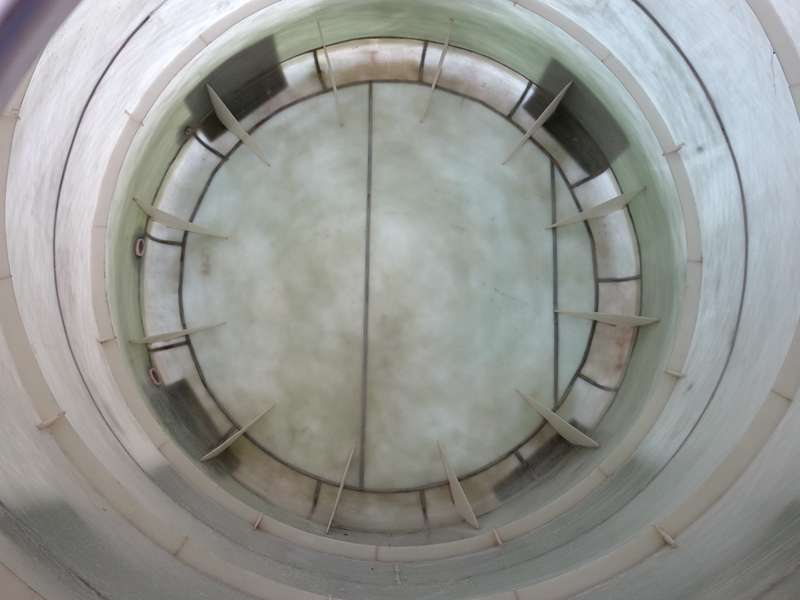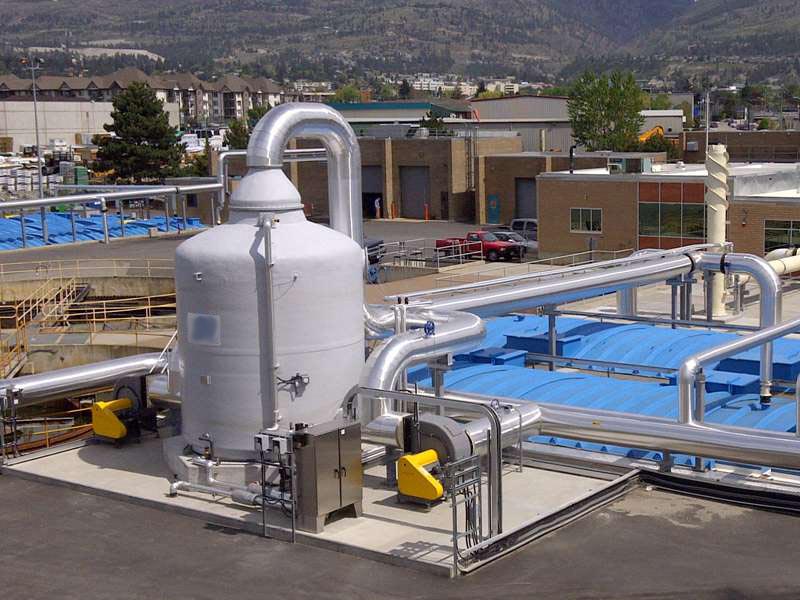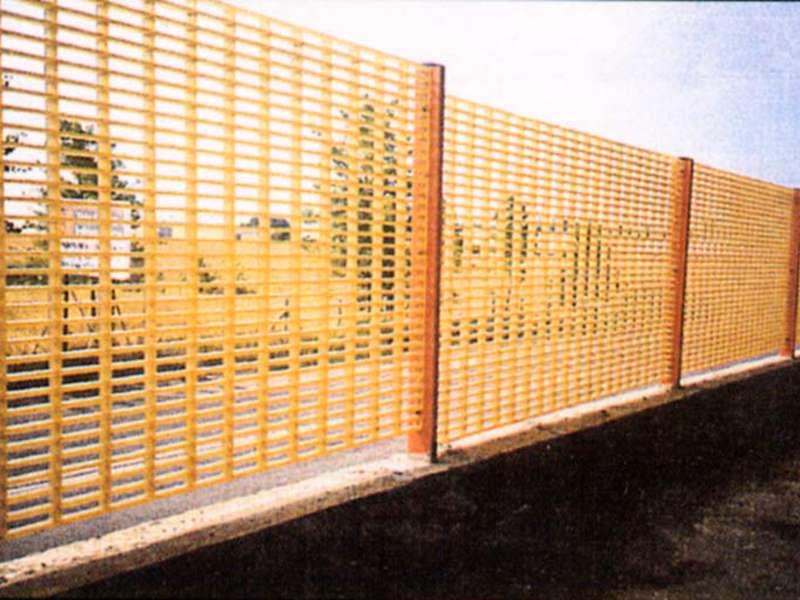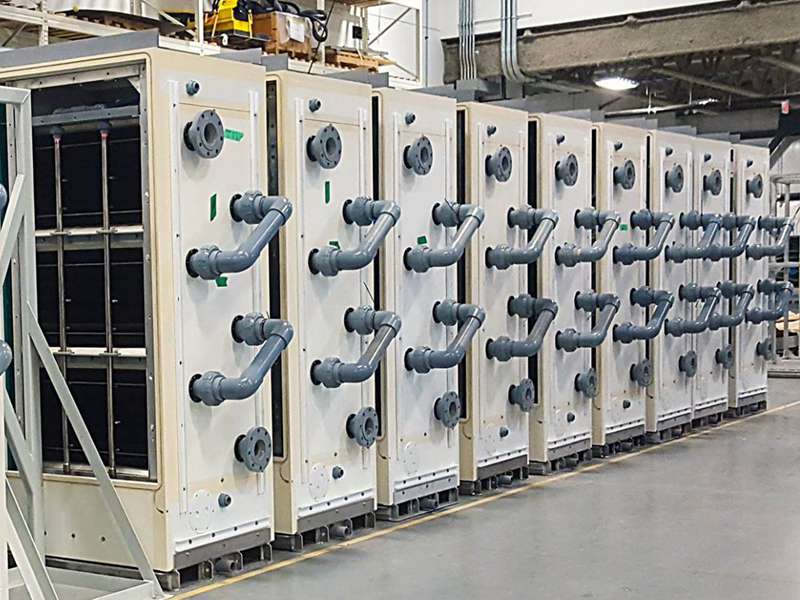
-
 Afrikaans
Afrikaans -
 Albanian
Albanian -
 Amharic
Amharic -
 Arabic
Arabic -
 Armenian
Armenian -
 Azerbaijani
Azerbaijani -
 Basque
Basque -
 Belarusian
Belarusian -
 Bengali
Bengali -
 Bosnian
Bosnian -
 Bulgarian
Bulgarian -
 Catalan
Catalan -
 Cebuano
Cebuano -
 China
China -
 China (Taiwan)
China (Taiwan) -
 Corsican
Corsican -
 Croatian
Croatian -
 Czech
Czech -
 Danish
Danish -
 Dutch
Dutch -
 English
English -
 Esperanto
Esperanto -
 Estonian
Estonian -
 Finnish
Finnish -
 French
French -
 Frisian
Frisian -
 Galician
Galician -
 Georgian
Georgian -
 German
German -
 Greek
Greek -
 Gujarati
Gujarati -
 Haitian Creole
Haitian Creole -
 hausa
hausa -
 hawaiian
hawaiian -
 Hebrew
Hebrew -
 Hindi
Hindi -
 Miao
Miao -
 Hungarian
Hungarian -
 Icelandic
Icelandic -
 igbo
igbo -
 Indonesian
Indonesian -
 irish
irish -
 Italian
Italian -
 Japanese
Japanese -
 Javanese
Javanese -
 Kannada
Kannada -
 kazakh
kazakh -
 Khmer
Khmer -
 Rwandese
Rwandese -
 Korean
Korean -
 Kurdish
Kurdish -
 Kyrgyz
Kyrgyz -
 Lao
Lao -
 Latin
Latin -
 Latvian
Latvian -
 Lithuanian
Lithuanian -
 Luxembourgish
Luxembourgish -
 Macedonian
Macedonian -
 Malgashi
Malgashi -
 Malay
Malay -
 Malayalam
Malayalam -
 Maltese
Maltese -
 Maori
Maori -
 Marathi
Marathi -
 Mongolian
Mongolian -
 Myanmar
Myanmar -
 Nepali
Nepali -
 Norwegian
Norwegian -
 Norwegian
Norwegian -
 Occitan
Occitan -
 Pashto
Pashto -
 Persian
Persian -
 Polish
Polish -
 Portuguese
Portuguese -
 Punjabi
Punjabi -
 Romanian
Romanian -
 Russian
Russian -
 Samoan
Samoan -
 Scottish Gaelic
Scottish Gaelic -
 Serbian
Serbian -
 Sesotho
Sesotho -
 Shona
Shona -
 Sindhi
Sindhi -
 Sinhala
Sinhala -
 Slovak
Slovak -
 Slovenian
Slovenian -
 Somali
Somali -
 Spanish
Spanish -
 Sundanese
Sundanese -
 Swahili
Swahili -
 Swedish
Swedish -
 Tagalog
Tagalog -
 Tajik
Tajik -
 Tamil
Tamil -
 Tatar
Tatar -
 Telugu
Telugu -
 Thai
Thai -
 Turkish
Turkish -
 Turkmen
Turkmen -
 Ukrainian
Ukrainian -
 Urdu
Urdu -
 Uighur
Uighur -
 Uzbek
Uzbek -
 Vietnamese
Vietnamese -
 Welsh
Welsh -
 Bantu
Bantu -
 Yiddish
Yiddish -
 Yoruba
Yoruba -
 Zulu
Zulu
Durable Fiberglass Water Storage Tanks Corrosion-Resistant & Lightweight
- Introduction to Fiberglass Water Storage Solutions
- Technical Advantages Over Traditional Materials
- Performance Comparison: Leading Manufacturers
- Customization Options for Diverse Applications
- Real-World Implementation Case Studies
- Maintenance and Longevity Considerations
- Future Outlook for Storage Infrastructure
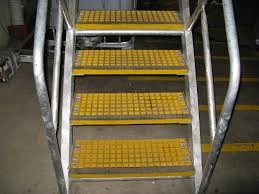
(fiberglass water storage tanks)
Why Fiberglass Water Storage Tanks Dominate Modern Solutions
Fiberglass-reinforced plastic (FRP) water storage systems now account for 42% of new industrial liquid containment installations globally, according to Gartner Materials Research. This shift stems from their 30-50 year service life – double that of concrete alternatives. Municipalities and manufacturers increasingly prioritize these tanks for potable water preservation, chemical processing, and agricultural irrigation due to their non-reactive properties.
Unmatched Engineering Superiority
Cross-sectional analysis reveals FRP tanks withstand 2.3x greater axial stress than polyethylene equivalents while maintaining 34% lower mass. Their seamless monocoque construction eliminates corrosion-prone joints, achieving 99.98% leak prevention according to NSF/ANSI 61 certifications. Unlike steel variants requiring cathodic protection, fiberglass maintains structural integrity across pH levels from 3 to 11 without additional coatings.
| Manufacturer | Max Capacity (gallons) | Wall Thickness (mm) | Pressure Rating (psi) | Certifications |
|---|---|---|---|---|
| AquaShield FRP | 50,000 | 12.7 | 25 | NSF, WRAS, ISO 9001 |
| PolyCraft Solutions | 30,000 | 9.5 | 18 | ASME RTP-1, FDA |
| ResinTech Industries | 75,000 | 15.2 | 32 | EN 13121, CE Mark |
Tailored Configuration Capabilities
Advanced filament winding techniques enable diameter customization up to 25ft (7.6m) with ±0.15% dimensional accuracy. Modular designs permit field assembly of units exceeding 500m³ capacity. Optional accessories include:
- Anti-vortex inlet baffles
- Hybrid epoxy-phenolic liners
- Submersible sensor integration
- Insulated double-wall construction
Verified Operational Success Stories
Case 1: A California municipality replaced 15 aging concrete reservoirs with FRP tanks, reducing annual maintenance costs by $217,000 while increasing capacity by 18%. Case 2: A Brazilian ethanol plant achieved zero product contamination after switching to fiberglass storage, meeting EU Directive 2002/72/EC compliance.
Preserving Structural Performance
Routine inspections every 36 months using ASTM D4097 standards maintain optimal performance. UV-resistant gel coats prevent resin degradation, with accelerated weathering tests showing <1% gloss loss after 10,000 hours of UV exposure. Unlike metal tanks requiring annual recoating, FRP only needs biennial visual inspections under normal conditions.
Sustainable Future with Fiberglass Water Storage Tanks
The global FRP tank market is projected to reach $4.8 billion by 2029 (CAGR 7.1%), driven by water scarcity initiatives. Modern production methods now incorporate 22-35% recycled glass content without compromising tensile strength, aligning with circular economy principles. These advancements position fiberglass as the definitive solution for next-generation liquid storage infrastructure.
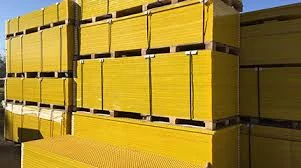
(fiberglass water storage tanks)
FAQS on fiberglass water storage tanks
Q: What are the advantages of fiberglass water storage tanks?
A: Fiberglass water storage tanks are corrosion-resistant, lightweight, and durable. They require minimal maintenance and can withstand harsh environmental conditions. Their non-porous surface also prevents bacterial growth.
Q: How do fiberglass storage tanks compare to concrete or steel tanks?
A: Fiberglass storage tanks are lighter and easier to install than concrete or steel. They resist rust and chemical degradation better than steel and don’t crack like concrete. Additionally, they have a longer lifespan with proper care.
Q: Are fibreglass storage tanks safe for potable water?
A: Yes, fibreglass storage tanks are safe for potable water if certified to NSF/ANSI 61 standards. The materials used are non-toxic and prevent contamination. Regular inspections ensure ongoing compliance with safety guidelines.
Q: What maintenance is required for fiberglass water storage tanks?
A: Minimal maintenance is needed: periodic visual inspections for cracks or leaks and cleaning to remove sediment. Avoid abrasive chemicals during cleaning. Proper installation and UV-resistant coatings enhance longevity.
Q: Can fibreglass storage tanks be customized for specific capacities?
A: Yes, fibreglass storage tanks are available in customizable sizes, from small residential units to large industrial capacities. Manufacturers tailor designs to fit space constraints and load requirements. Custom fittings and accessories are also offered.
Latest news
-
High-Efficiency Fans, Dampers & Demisters | Custom SolutionsNewsAug.06,2025
-
Precision Mandrels and Molds - Engineered SolutionsNewsAug.04,2025
-
Dual Laminate Products | Superior Corrosion ResistanceNewsAug.03,2025
-
Large Size Field Tanks with AI-Powered EfficiencyNewsAug.01,2025
-
Steps: Simple Solutions for Every ProcessNewsJul.30,2025
-
Other Products for Versatile Solutions – Quality & InnovationNewsJul.29,2025


